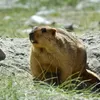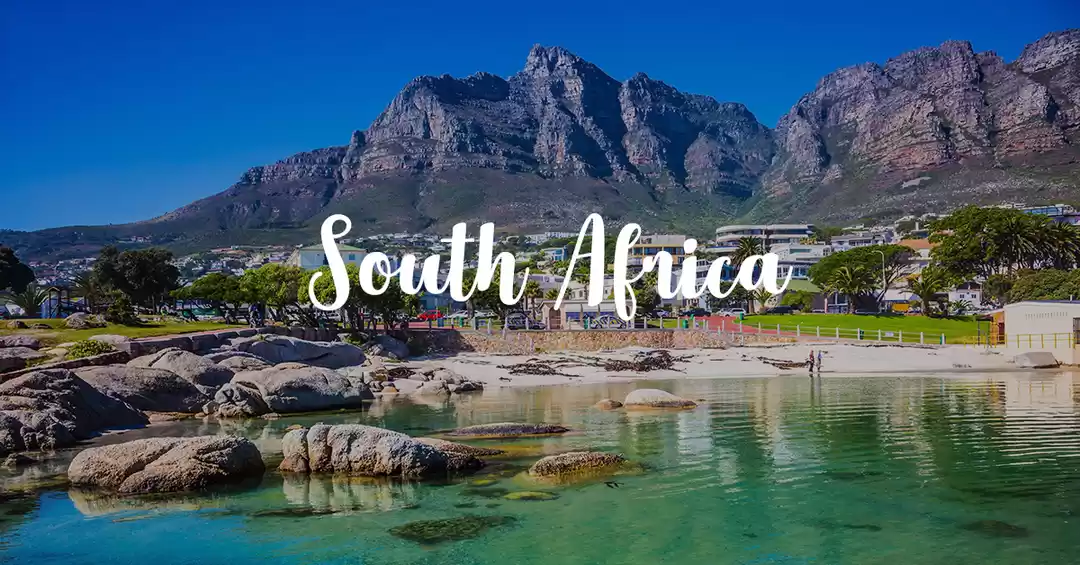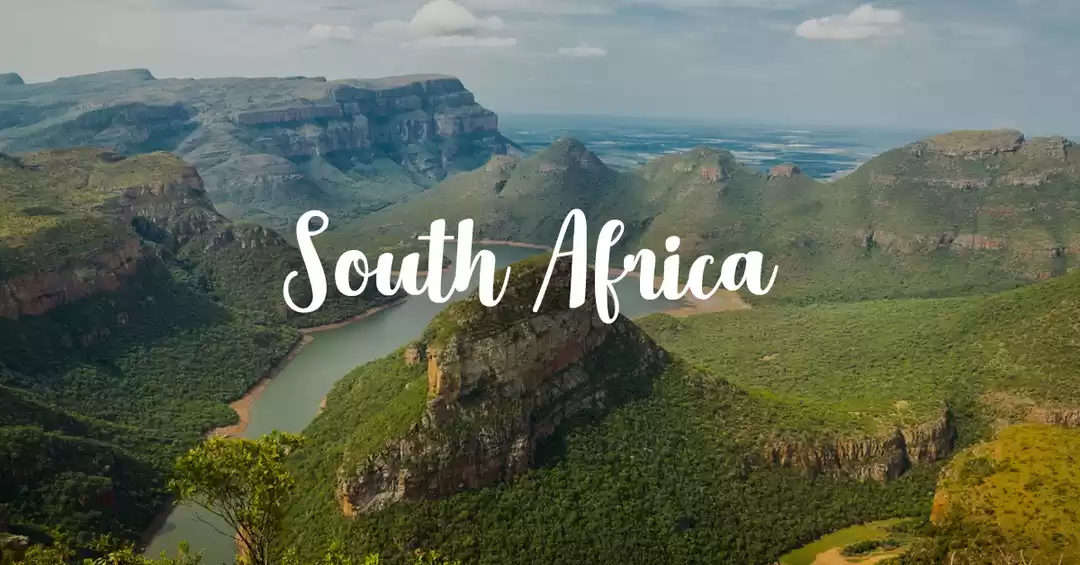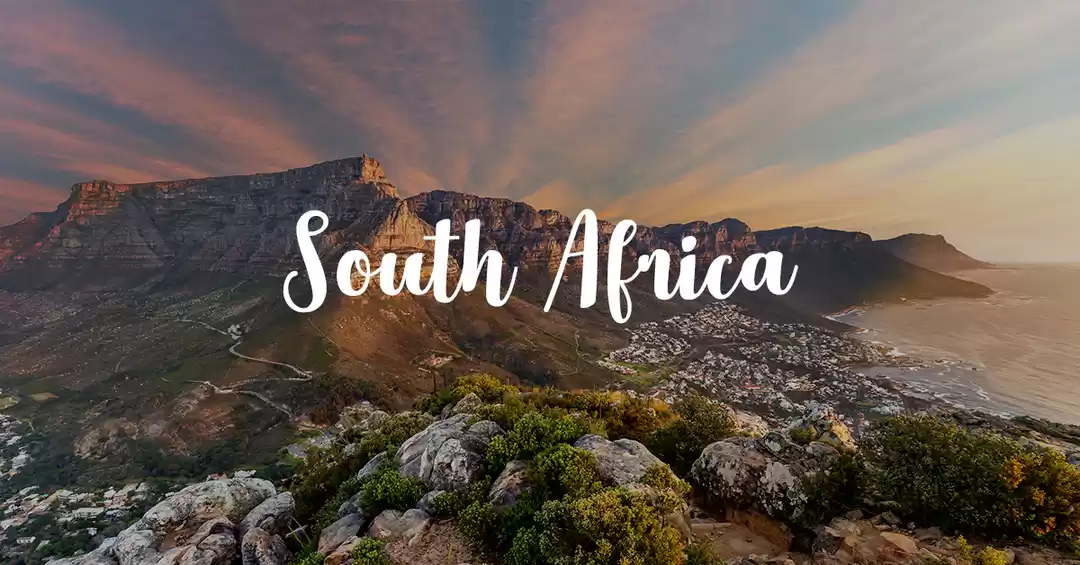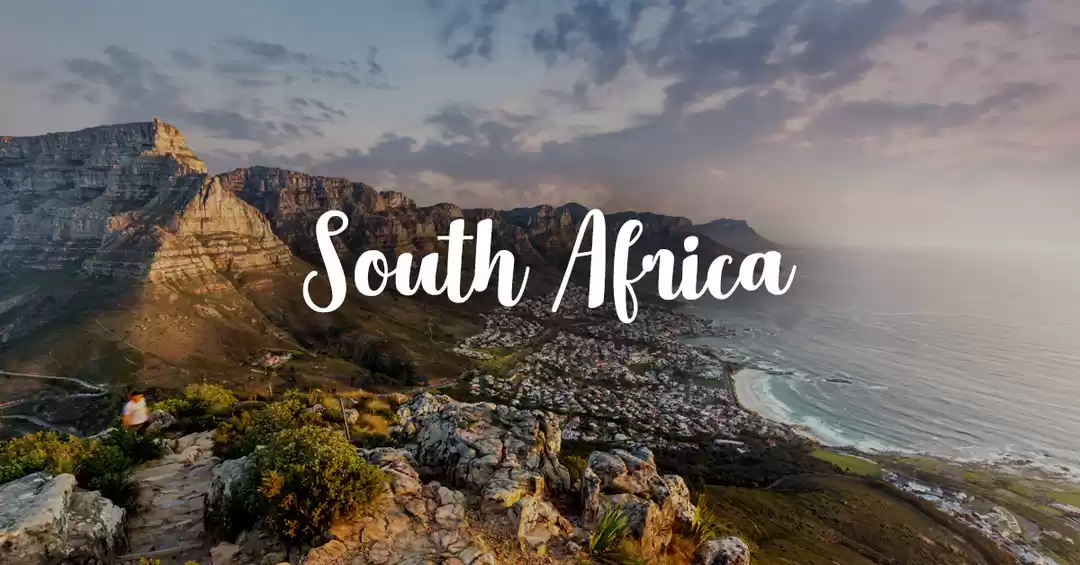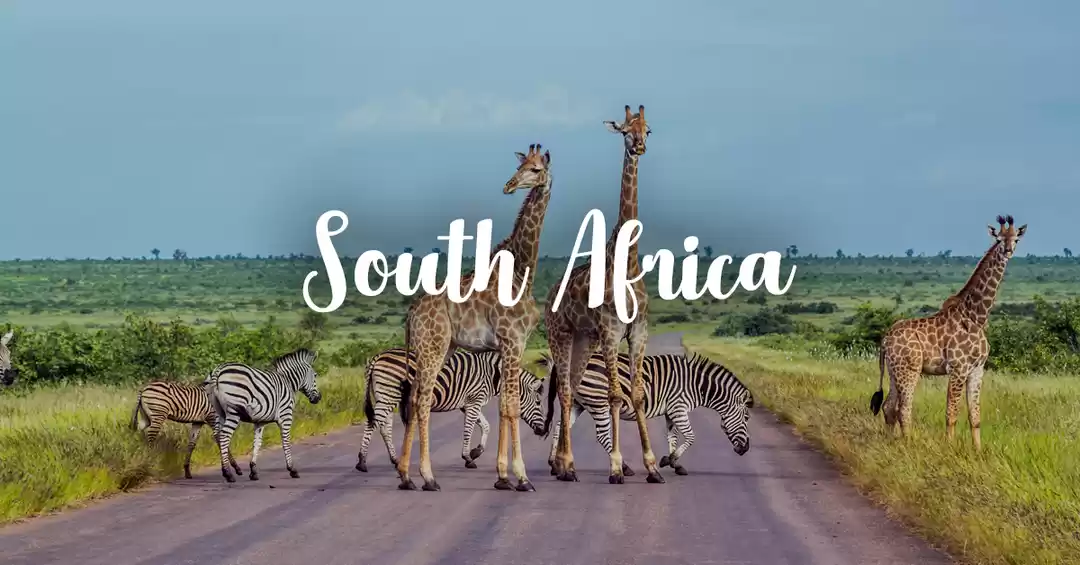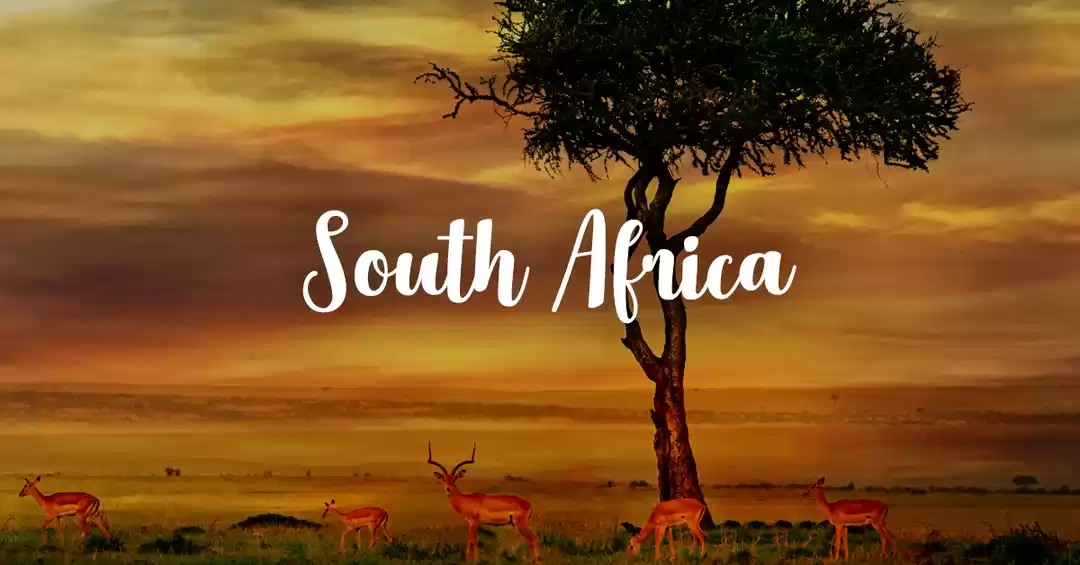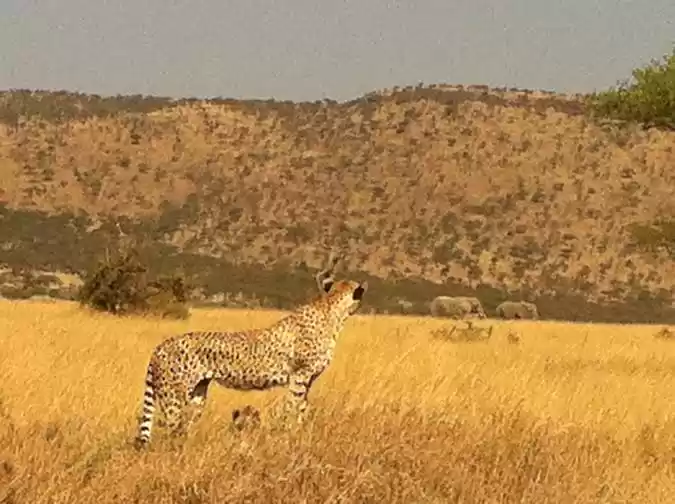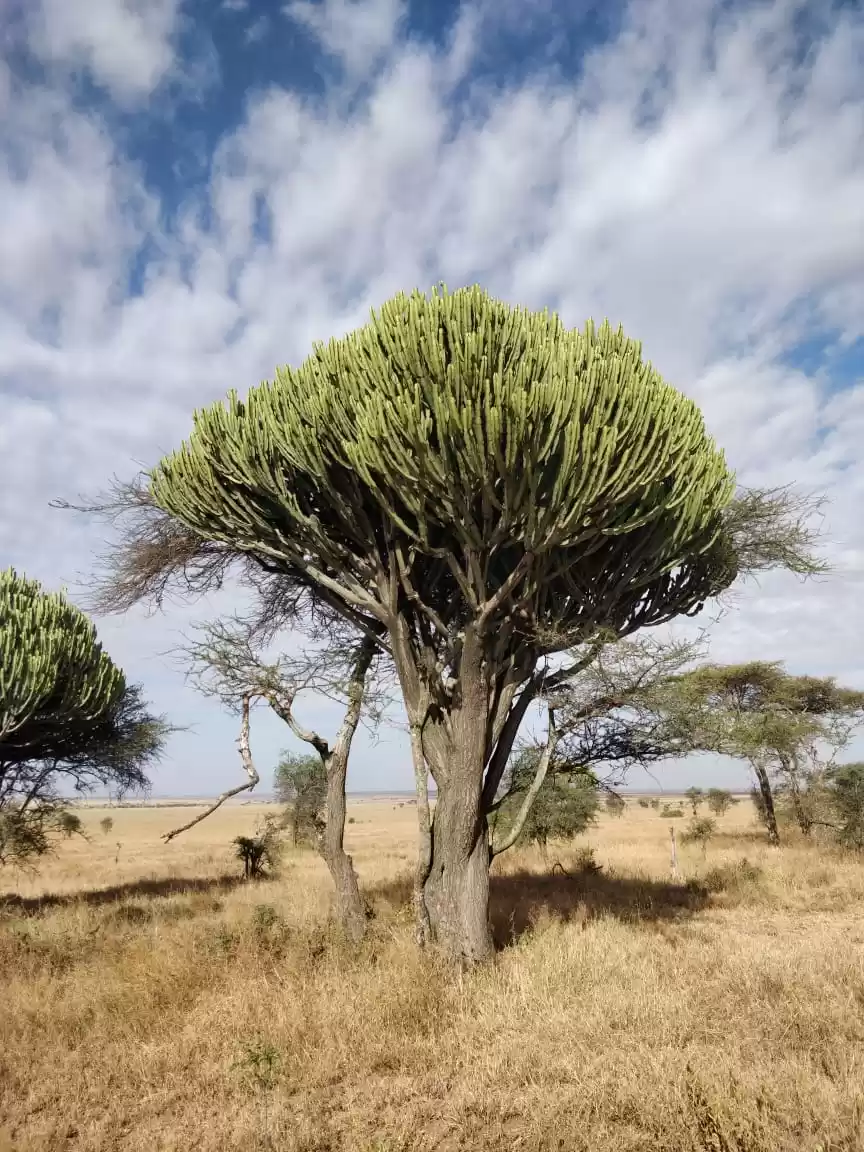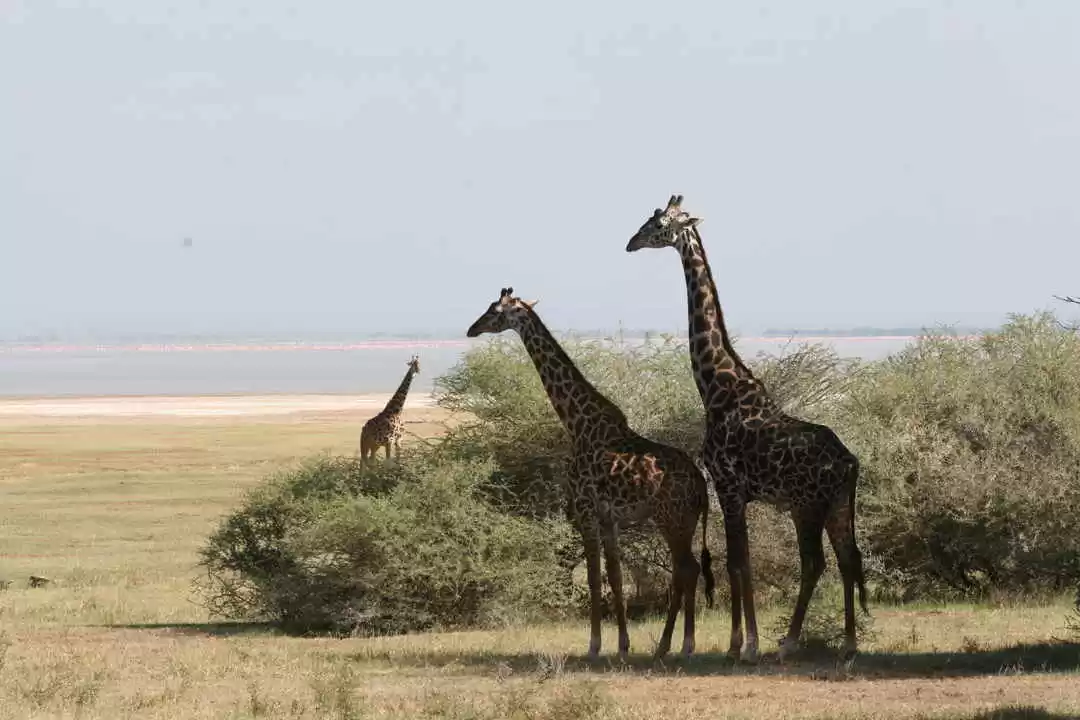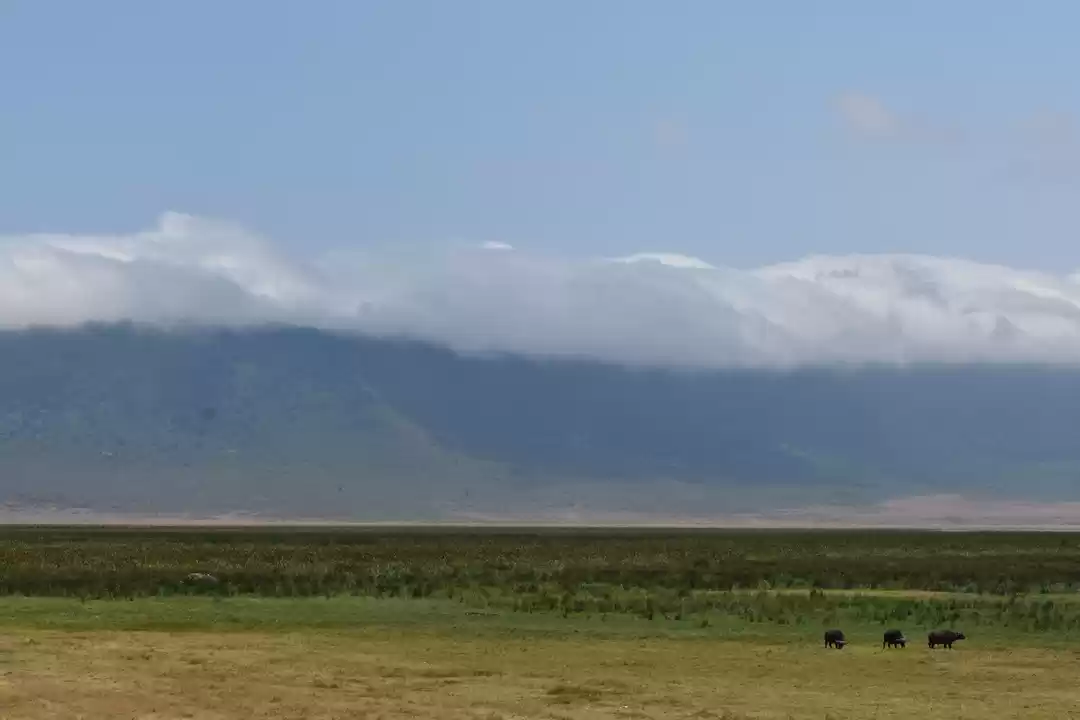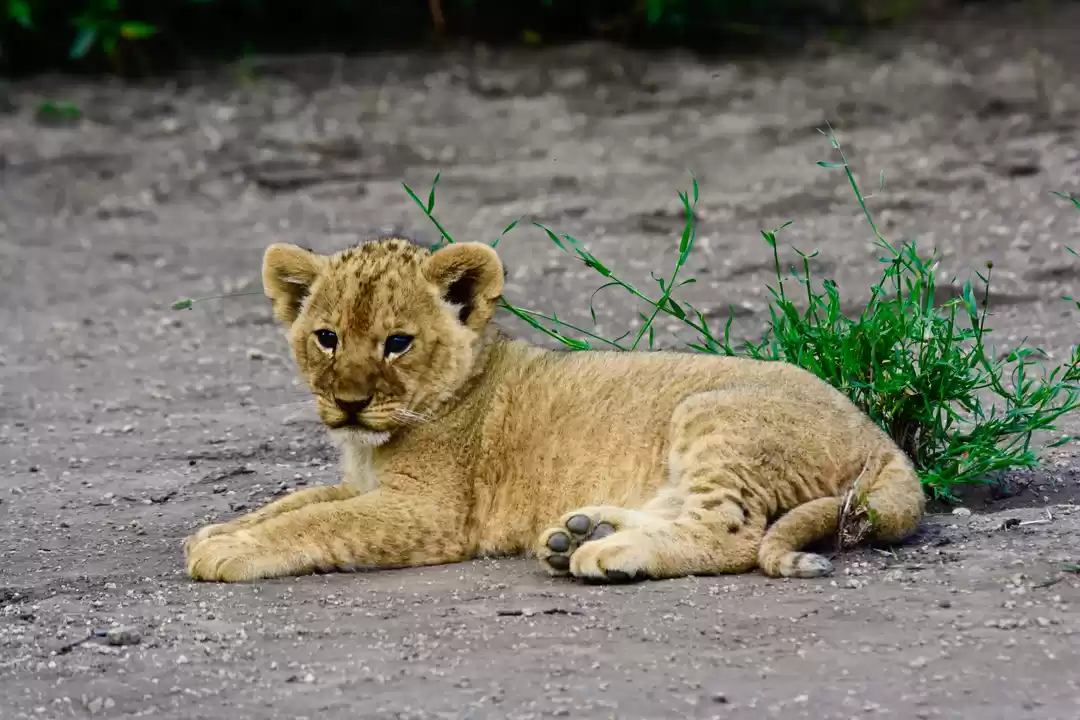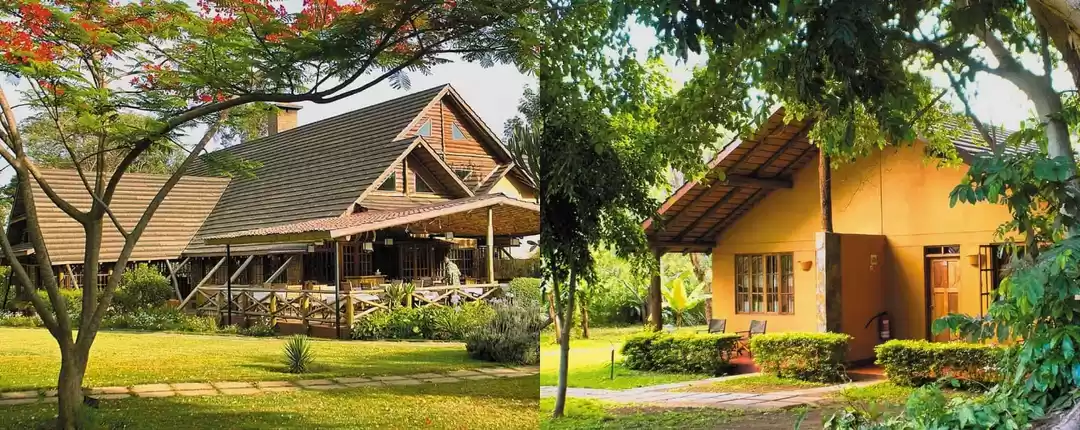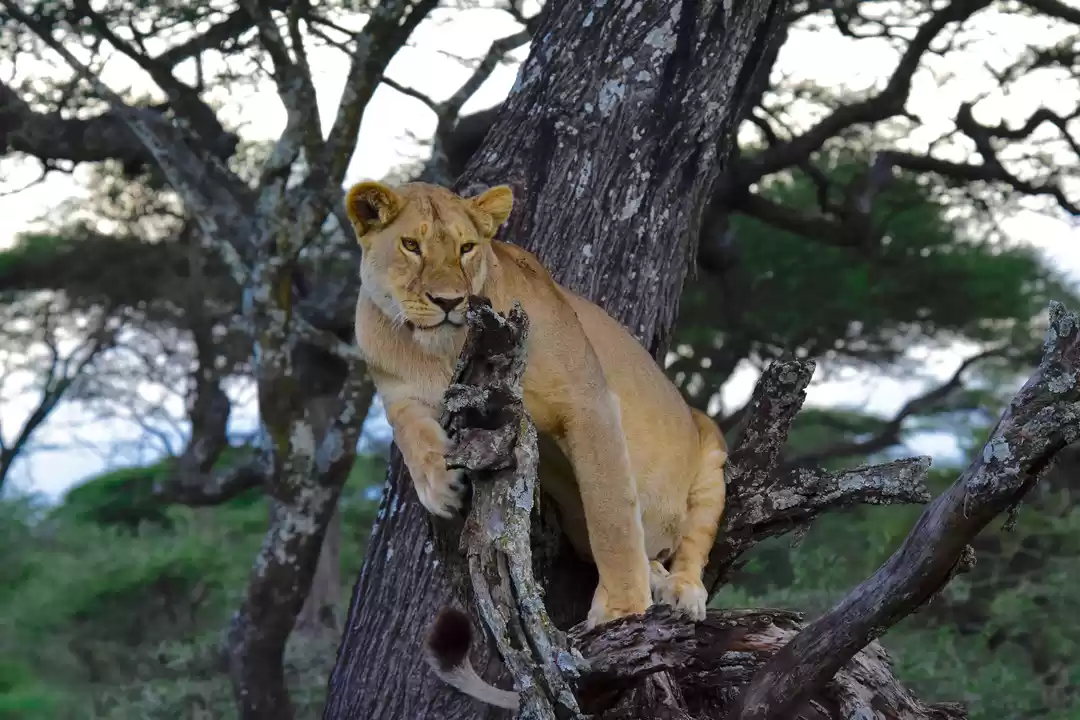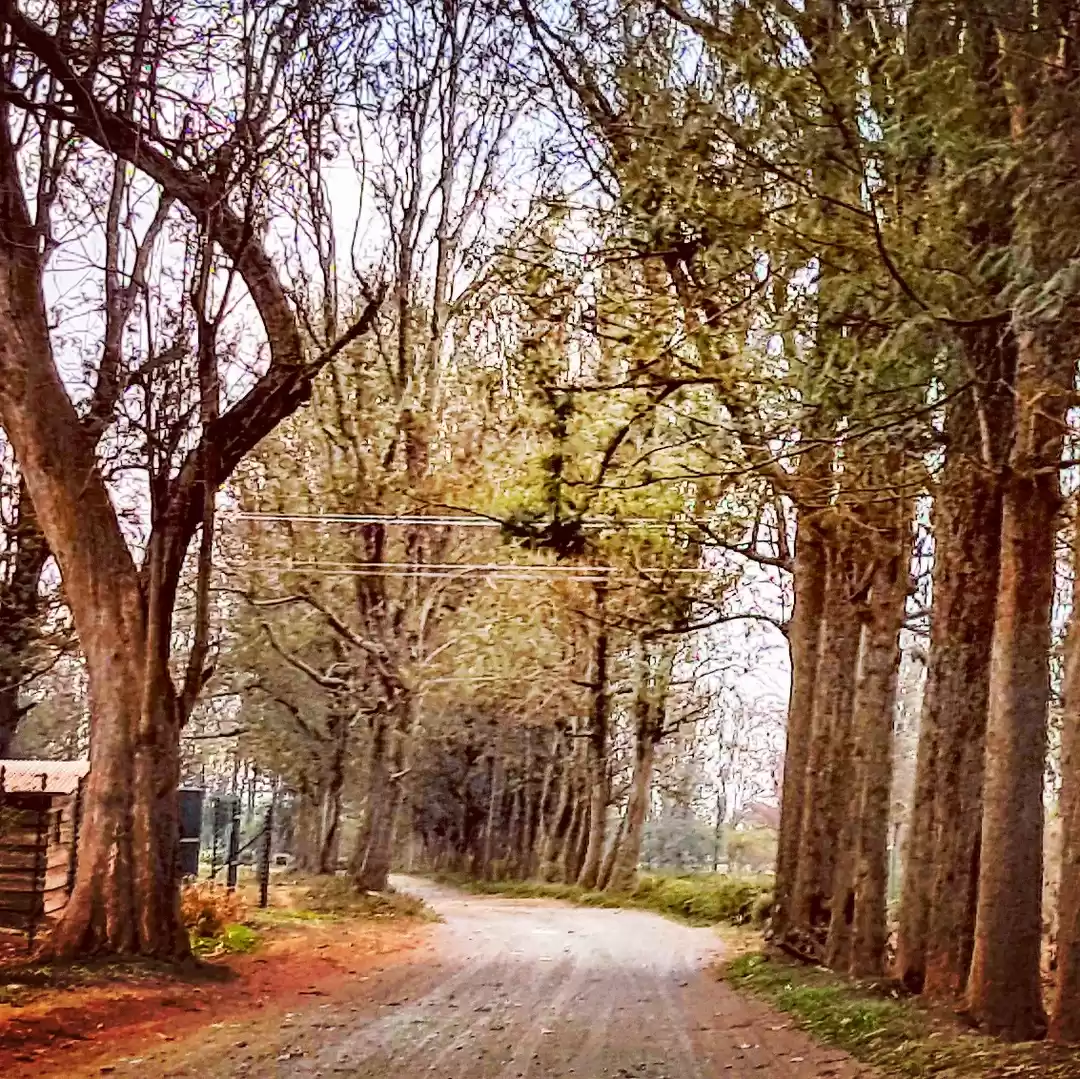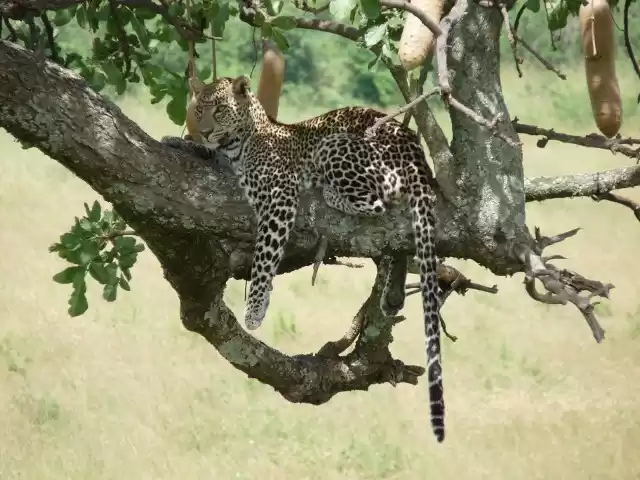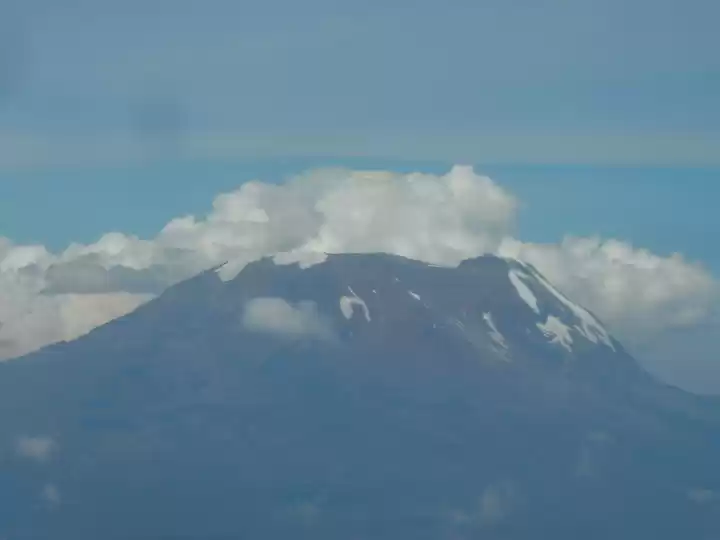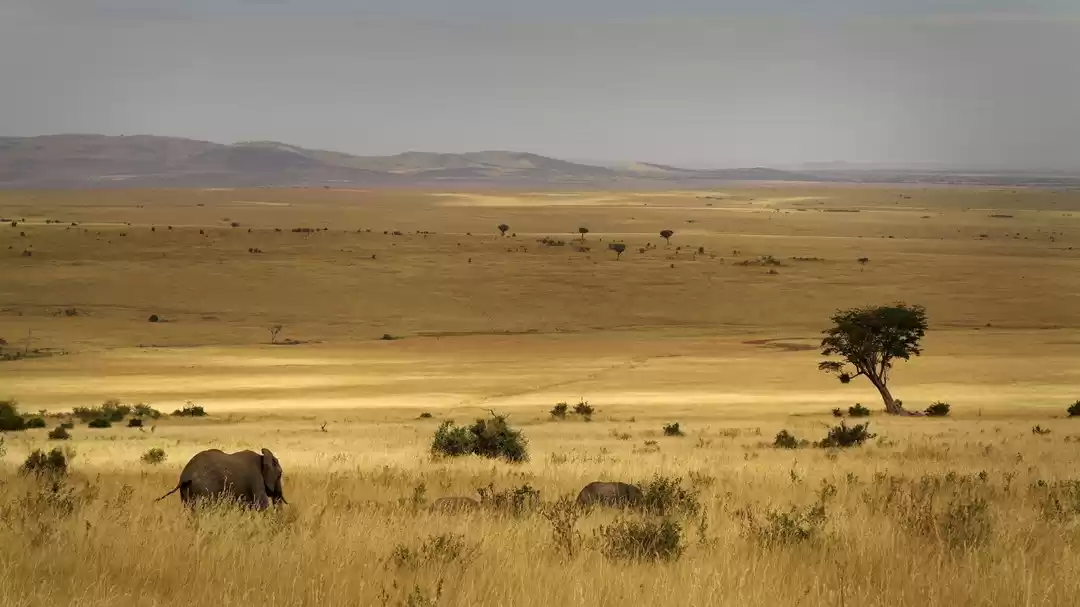
Your safari experience at Africa will not be completed if you do not visit the Ngorongoro Crater in Tanzania. The crater is pretty small, only 8292 sq km compared to the other national parks in Africa. So what makes this place so special?
The Ngorongoro Crater is the largest, inactive and unfilled volcanic crater or caldera in the world. The crater is the home to approximately 25000 animals and is one of the best places to view wildlife in Africa. The small area also makes it easier for sighting animals as there are fewer places to hide. The Ngorongoro Crater is also named as one of the seven Natural Wonders of Africa and has been declared as UNESCO World Heritage Site in 1979. The crater is arguably the best place in Tanzania to see the Big Five.

Ngorongoro Crater is perhaps the birthplace of humankind
Yes, the crater has deep ties to humanity. The Ngorongoro Crater is named by the Masai Tribe, the original inhabitants and it means ‘the gift of life’. The Ngorongoro Conservation Area has footprints that are around to 3.7 million years old! The Oldupai Gorge situated in this area is considered to be one of the most important prehistoric sites. The footprints and skeletal fragments found here have helped in understanding the evolution and development of human beings. It is often said that northern Tanzania and Ngorongoro Conservation Area are the birthplace of humankind!


The Ngorongoro Conservation Area was formed in 1976. This is the only place in Tanzania where human and animals co-exist peacefully. The human settlements of the Masai people and the animals live together in the vast expanses of highland plains, savanna, savanna woodlands and forests. If these reasons are not enough for you to take a visit to this wonderful National Park, here are a few more.
Some Facts about the Ngorongoro Crater
Ngorongoro Crater Formation
The crater is believed to have been formed about 3 million years ago. It is a large, unbroken, un-flooded caldera, formed when a giant volcano exploded and collapsed. The Ngorongoro Crater sinks to a depth of 610 metres and has a base area of 260 sq km. The rim of the crater sits at an elevation of 2250 metre. It is believed that the height of the original volcano must have been between 4500 to 5800 metres. It means, if it had not formed world’s sixth largest unbroken caldera, the Ngorongoro Crater would have been a towering volcanic mountain as high as Mt. Kilimanjaro.

Wildlife at Ngorongoro Crater
The Ngorongoro Crater is one of the densely populated places for wildlife in the world. With the smaller size (8292 sq km), the crater is the home to roughly 25000 animals. The crater is famous for its healthy population of the endangered black rhinos. You have to descend into the Ngorongoro Crater through the lush highland forest for game viewing drives. And on the way, magnificent birdlife can be spotted. And once you are on the grassy crater floor, you will discover a land of wonder. You will see a large variety of herbivores are found grazing as well as the predators waiting for their prey. Depending on the time of the year, you might also see flocks of pink flamingos around the shores of Lake Magadi.




The Ngorongoro Crater is the best place to see the Big Five of Africa. You will see black rhino, Tusker elephants, lions and hyena along with healthy herds of wildebeest, buffalo, Gazelle, eland and zebra. However leopards are elusive and there are almost no giraffes. I would recommend you to get a good safari camera before this trip to take some amazing shots. The landscape is grassy plain, so spotting wildlife is quite easy.





Tips to get the best out of Ngorongoro Crater
Stay the night at the rim of the crater
It would be best if you arrive at the rim by the afternoon. Then you will be able to view the glorious sunset and the different hues of green and blue. There are a number of campsites and hotels of varying luxury. The Ngorongoro Serena Safari Lodge is one of the best places to stay.

You need one full day to see the crater
One full day is enough to see the crater. As I had mentioned earlier, the park is pretty small and you will see wildlife in almost every direction you look. Zebras, wildebeest and elephants are quite easy to spot and if you are lucky enough, you will spot lions and rhinos also easily. So keep those extra days for some other national parks in Tanzania. But, a day trip from Arusha is also not feasible.

Start early
And I am very serious about this point. It is better to start really early for the game drive in the Ngorongoro crater. As the day passes, the animals get tired and lazy due to heat and they tend to hide away. Secondly, more and more cars arrive and the crater gets crowded. Finally, the lights get harsher later in the day and are not suitable for photography.

Get a good guide
It is very important that you get a good and knowledgeable guide for any wildlife safari. That will make your drive more enjoyable. He would help you to spot the animals. And if you have any preference about what you want to see, tell him. He would then know what to prioritize and would take you at those places.
Let your guide drive or get a driver
You can self-drive at the Ngorongoro Crater if you want to. But I would suggest you not to do so and take a vehicle and driver. The Safari vehicles are closed, with glass windows and a pop-up roof. So if you want to stand and get a 360-degree view of the crater, you will not be able to do so while driving. You will also be able to enjoy fully if your concentration is divided into driving. Also, another important reason is that the roads are really terrible. So you will be spent worrying most of the time if you self-drive.
Finally, another reason to go with a tour operator is the high vehicle permit fees for the safari.

Ngorongoro Crater Permit Fees
The entrance fee to the NCA is USD 60 per person for 24 hours, plus a vehicle fee of Tsh 20,000 (around USD 10). This is payable by all those who enter the conservation area, even if you are only in transit to and from Serengeti National Park. If you want to enter the crater, you have to pay the additional Crater Service Fee of USD 200 per vehicle each time you go down the crater.

How to reach Ngorongoro Crater
Ngorongoro Crater is located around 180 km and three hours drive from Arusha in northern Tanzania. Most of you will be probably visiting Ngorongoro Crater as a part of a bigger package including Serengeti and Kenya tour.
The best way to get into Arusha is fly to Kilimanjaro Airport situated 46 km from Arusha. You can also arrive at Arusha from Nairobi in Kenya by a shuttle bus.
Best time to visit Ngorongoro Crater
The peak season is between June to September when the wildlife viewing is best. April and May is the rainy season when there are fewer visitors but the landscape is greener and lusher.

